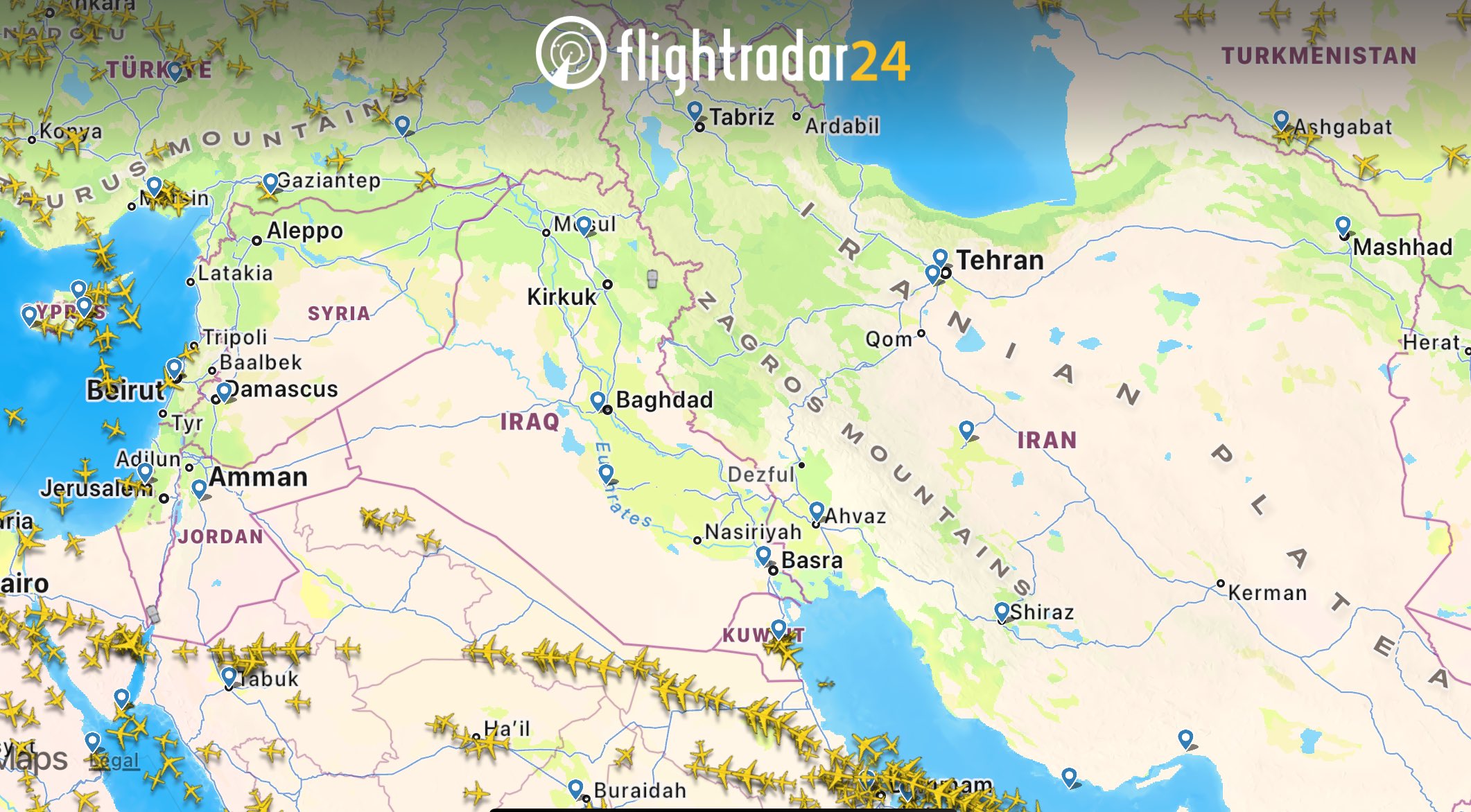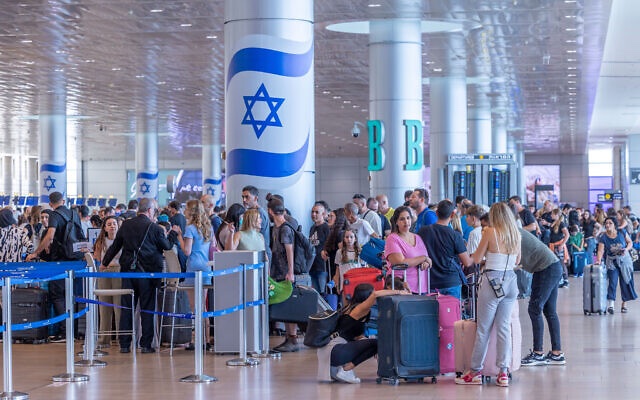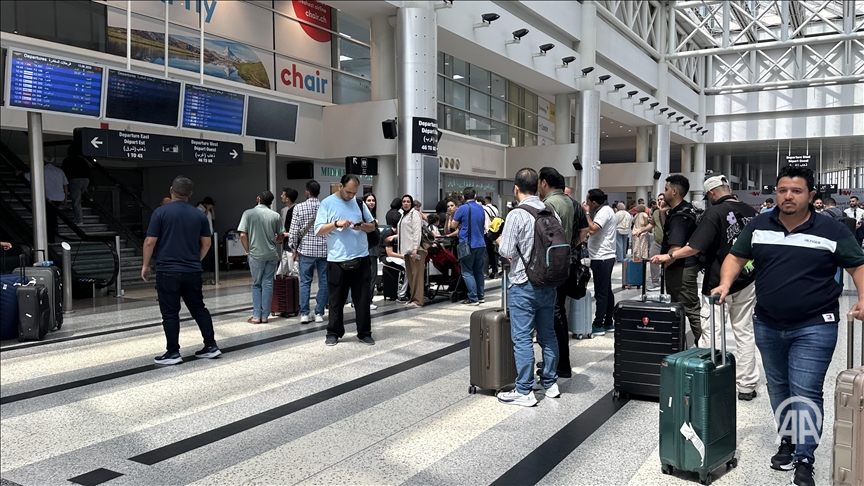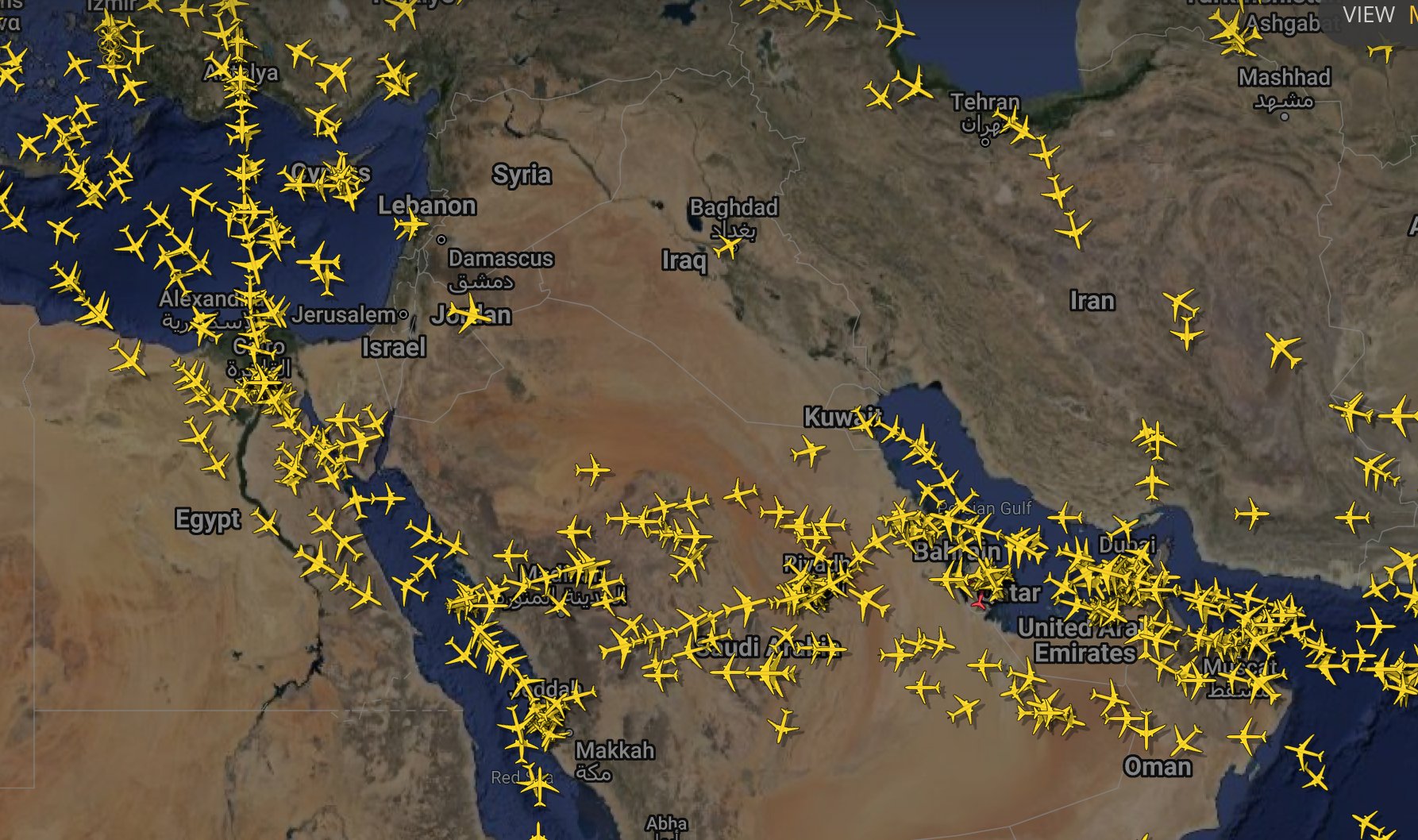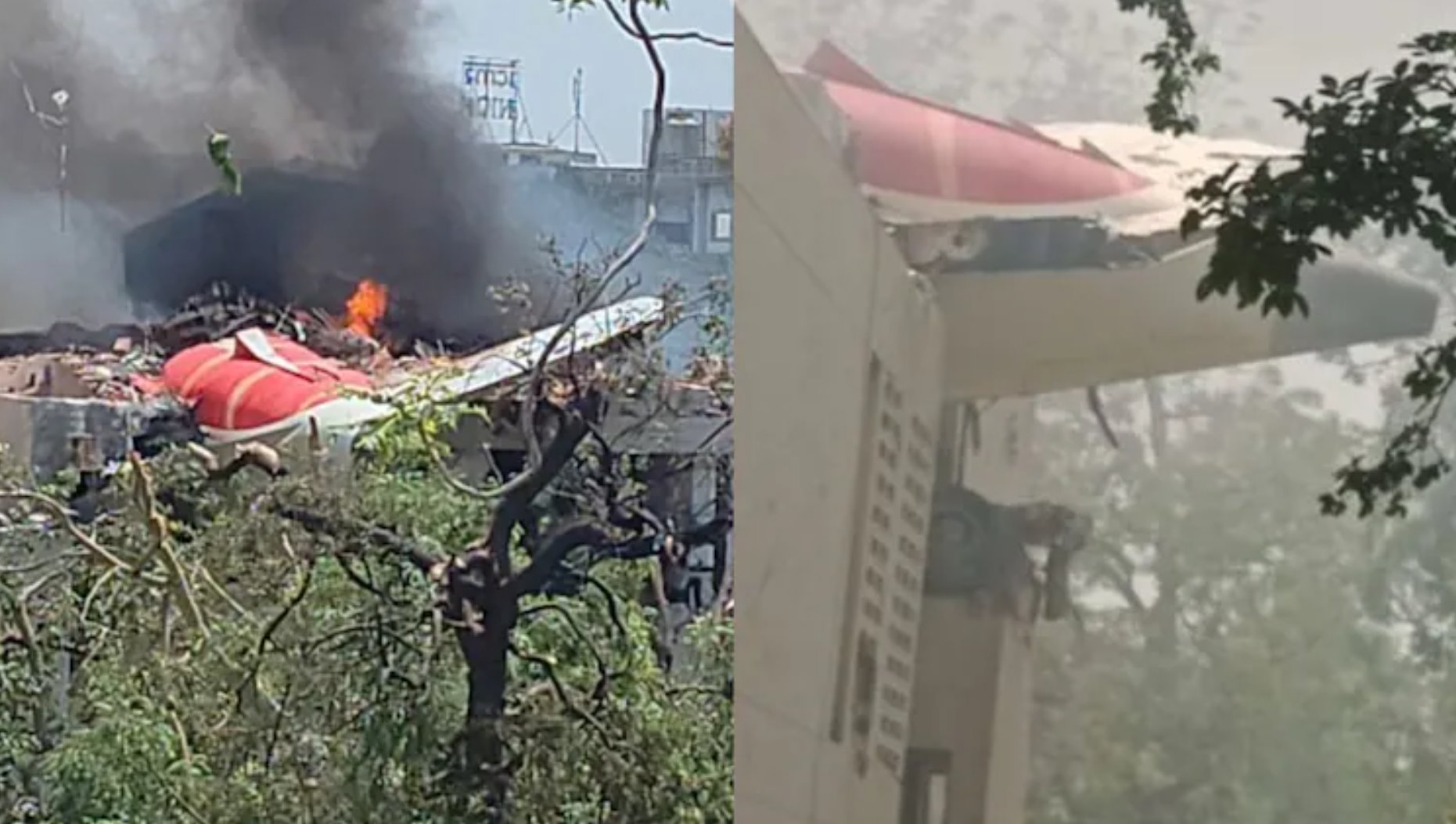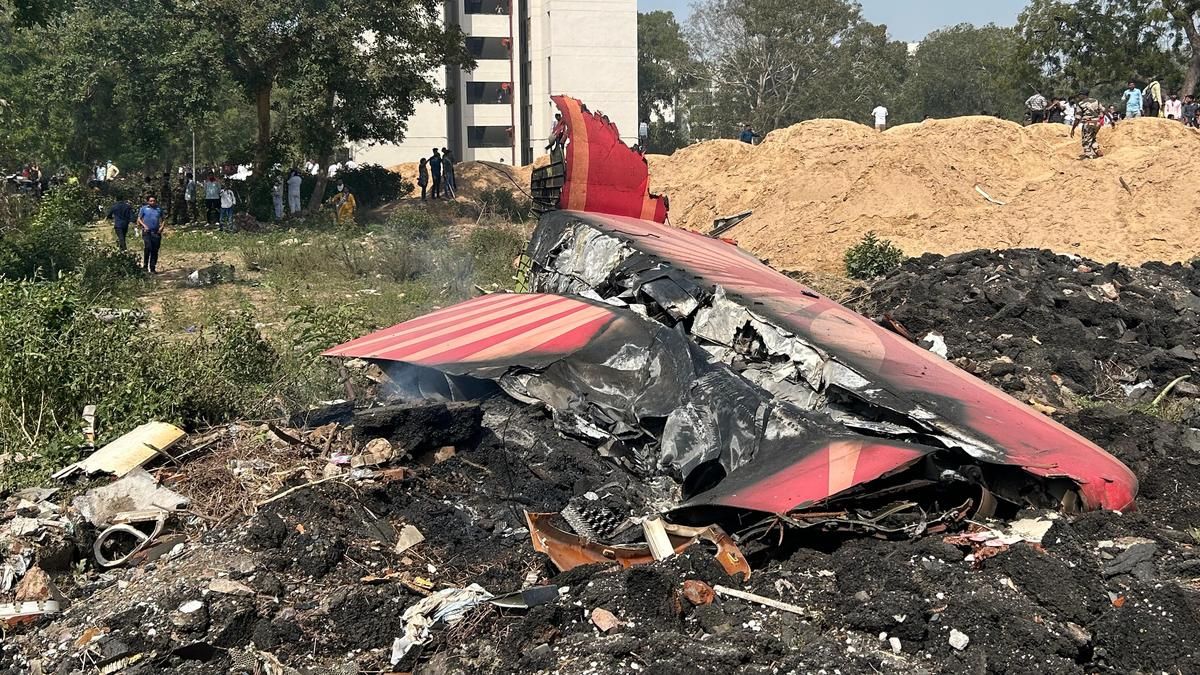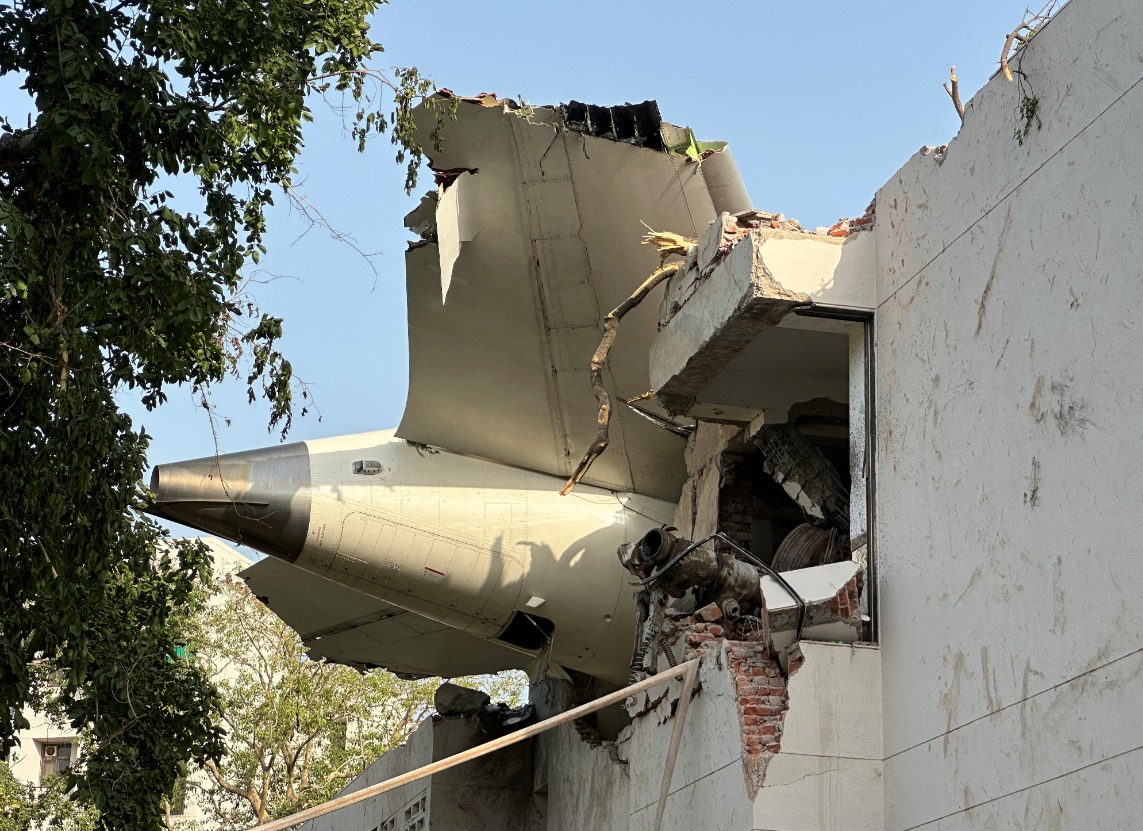
Abu Dhabi is rapidly emerging as a global training hub for the luxury private aviation sector, marked by the launch of the world’s first postgraduate programme exclusively dedicated to private aviation management.
This pioneering Advanced Diploma in Private Aviation Management is a strategic collaboration between Les Roches, a top-ranked Swiss hospitality and leisure management institution, and Jetex, a leading UAE-based private aviation services company. The programme is set to commence in September 2025 across Les Roches campuses in Marbella (Spain), Crans-Montana (Switzerland), and Abu Dhabi (UAE).
.jpg)
The full-time, two-semester programme offers students a unique global educational experience, combining academic rigor with practical industry exposure. The curriculum covers vital areas such as global private aviation operations, aviation management systems, luxury client experience, and effective communication, all tailored to meet the demands of the fast-growing luxury aviation market.
A key highlight is the guaranteed six-month professional internship with Jetex during the second semester in the UAE, providing invaluable hands-on experience in a country renowned for its cutting-edge aviation infrastructure and record growth in private jet activity. This real-world training is designed to prepare graduates for pivotal roles such as guest experience executives, crew support agents, and flight coordinators, with top performers potentially offered direct employment opportunities at Jetex.
This initiative responds to the booming private aviation market, which was valued at $38.5 billion in 2023 and is projected to reach $55.2 billion by 2031, fueled by rising demand for personalized luxury travel and operational efficiency. The UAE, particularly Dubai’s Mohammed Bin Rashid Aerospace Hub, has seen a 7% increase in private jet movements in 2024, underscoring the region’s strategic importance in global aviation.
The programme also offers merit-based partial scholarships to selected candidates, enhancing accessibility to this elite educational pathway. Applicants must hold a university degree, be under 30 years of age, demonstrate advanced English proficiency, and pass an interview with Jetex. The diploma is accredited by the Swiss Federal Government and the New England Commission of Higher Education (NECHE) in the United States, ensuring international recognition and quality standards.
Les Roches CEO Carlos Díez de la Lastra emphasized the programme’s role in shaping future leaders: “By aligning our curriculum with industry needs, we prepare graduates to seamlessly step into leadership roles. This global immersion equips students with a comprehensive understanding of international best practices and diverse cultures, empowering them to thrive in the dynamic luxury private aviation sector.

” Adel Mardini, Founder & CEO of Jetex, highlighted the partnership’s significance: “Combining world-class academic excellence with real-world operational training, we are developing a new generation of professionals grounded in innovation, sustainability, and service excellence. Together, we are paving the way for a brighter future in aviation”.
Beyond education, Jetex continues to expand its global footprint with new Fixed Base Operations (FBOs) and sustainable initiatives such as offering Sustainable Aviation Fuel (SAF) options, reflecting the company’s commitment to innovation and environmental responsibility in private aviation. The partnership with Les Roches complements Jetex’s broader strategy to redefine industry standards and cultivate talent that embodies its values of luxury and operational excellence.

This groundbreaking programme not only strengthens the UAE’s position as a premier aviation hub but also addresses the critical industry need for highly skilled professionals ready to lead in one of the fastest-growing and most exclusive sectors of global travel.













